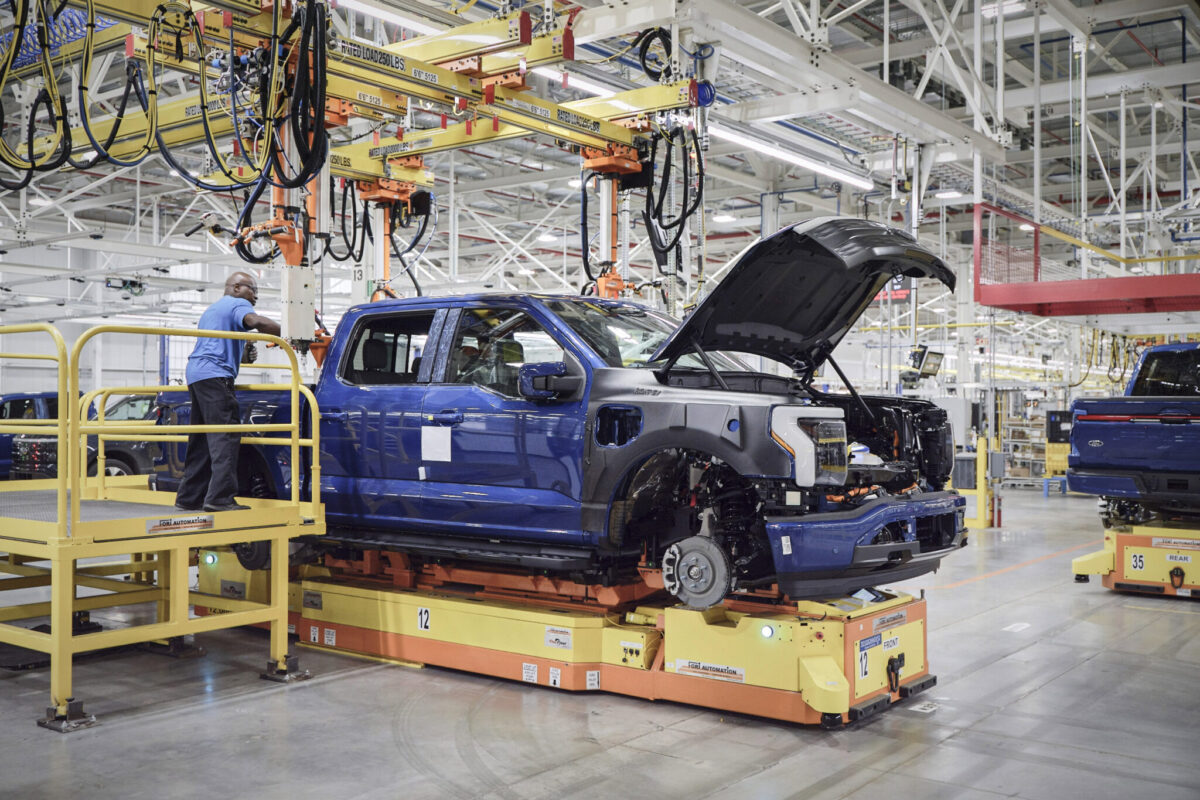Fracsun has unveiled a new software tool that combines ground-level measurements and weather data to model a typical year of soiling losses for any location in the U.S.
Soiling is the accumulation of dust, dirt, and debris like bird droppings on the face of solar panels. It can lead to significant reductions in electricity production and in some cases cause hot spots that damage the panels.
Fracsun’s AI-backed software tool, called CLEO AI, enables solar developers to fine-tune their production models and improve energy yield assumptions.
CLEO AI integrates evolving factors like fine particulate matter (PM2.5 and PM10) concentrations, nitrate and sulfate levels, seasonal trends, and the impacts of wind and precipitation.
The solution builds on Fracsun’s network of soiling monitoring stations deployed across 27 countries and representing over 12 GW of installed solar capacity. Through machine learning, the software continuously learns from this growing dataset, incorporating new parameters like module tilt and weather forecasts to deliver increasingly precise results.
“Soiling is a dynamic, site-specific challenge that can significantly impact solar asset performance over time,” said Catlin Mattheis, chief executive officer, Fracsun. “With the CLEO AI-powered model, our customers can now proactively manage this issue, optimizing maintenance plans and production forecasts to maximize their return on investment.
IEA-PVPS estimates that in 2018, soiling caused at least a 3% to 4% loss to global annual energy production from PV – amounting to lost revenue of $3.3 to $5.5 billion. And this is expected to increase to around 4% to 5%, and $4.4 billion to $7.6 billion this year, thanks to an increase in PV installations in regions highly prone to soiling, economic pressures, and the fact that more efficient PV modules will suffer larger losses to their output due to soiling.
Fracsun is now accepting applications for solar asset developers and owners to be part of CLEO AI’s Beta test group. During the early access period, developers can conduct up to 5 simulations to analyze the effects of soiling on their solar asset.
This content is protected by copyright and may not be reused. If you want to cooperate with us and would like to reuse some of our content, please contact: editors@pv-magazine.com.









By submitting this form you agree to pv magazine using your data for the purposes of publishing your comment.
Your personal data will only be disclosed or otherwise transmitted to third parties for the purposes of spam filtering or if this is necessary for technical maintenance of the website. Any other transfer to third parties will not take place unless this is justified on the basis of applicable data protection regulations or if pv magazine is legally obliged to do so.
You may revoke this consent at any time with effect for the future, in which case your personal data will be deleted immediately. Otherwise, your data will be deleted if pv magazine has processed your request or the purpose of data storage is fulfilled.
Further information on data privacy can be found in our Data Protection Policy.